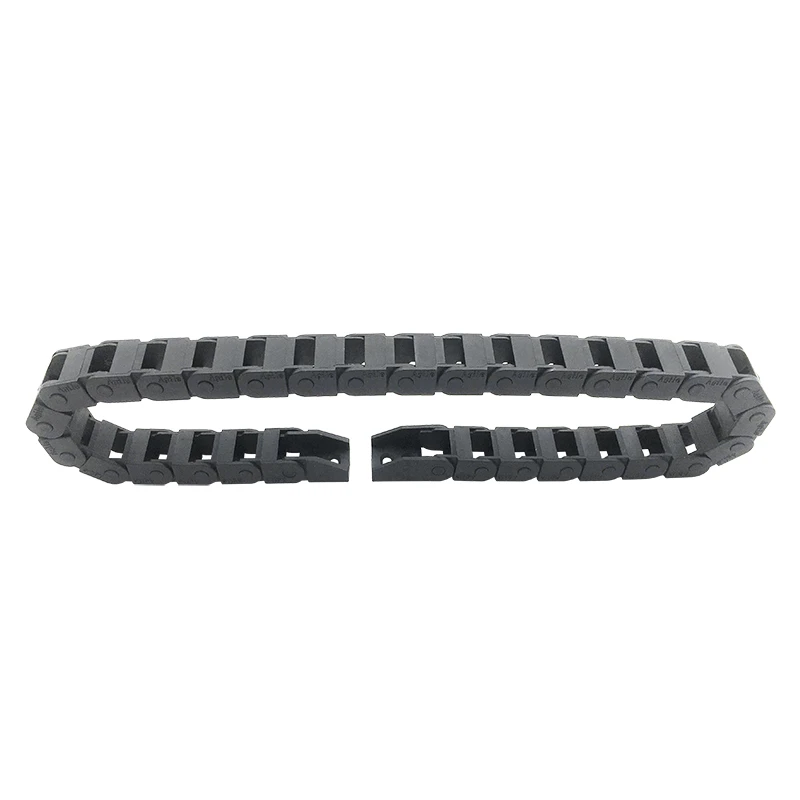cable carrier track
The Importance of Cable Carrier Tracks in Modern Industry
In the fast-paced environment of modern industry, efficiency and safety play paramount roles in daily operations. One of the key components that contribute to these objectives is the cable carrier track, widely recognized for its effectiveness in managing moving cables and hoses within various applications. This article will explore the features, advantages, and applications of cable carrier tracks and why they are indispensable in contemporary industrial settings.
Cable carrier tracks, also known as cable drag chains or cable tracks, are designed to guide and protect cables and hoses during motion. They consist of interconnected segments that facilitate the smooth movement of cables along defined paths. Typically made from durable materials such as plastic or metal, these tracks can withstand harsh environments, be it extreme temperatures, oil, or dust, thus ensuring a long service life.
One of the primary advantages of using cable carrier tracks is the organization they bring to complex systems. In environments where numerous cables and hoses interact with machinery – for instance, in robotics, CNC machines, or production lines – the risk of tangling or damage increases significantly. By utilizing cable carrier tracks, businesses can minimize this risk, leading to less downtime and increased productivity. The systematic arrangement of cables helps engineers and technicians easily identify and address any issues that may arise, streamlining maintenance processes.
cable carrier track

Another notable benefit is the enhanced safety that cable carrier tracks offer. Exposed cables and hoses pose significant hazards, such as tripping risks for workers and increased chances of equipment malfunction. Cable carrier tracks provide a protective environment for these components, reducing the likelihood of accidents and equipment damage. In industries that prioritize worker safety, such as manufacturing, automotive, and aerospace, implementing cable carrier systems is a practical decision to promote a safer workplace.
Moreover, the versatility of cable carrier tracks is worth noting. They are available in various sizes, shapes, and materials to cater to diverse industrial needs. Businesses can select customized solutions that fit their specific environments, whether in confined spaces or large industrial setups. Additionally, advancements in design have led to versions that accommodate multi-directional movements, allowing for more dynamic operational capabilities.
The applications of cable carrier tracks span a vast range of industries. In automation and robotics, they help in organizing the myriad of cables connected to robotic arms, facilitating smooth and reliable movement. In the automotive sector, production lines equipped with cable carrier systems enhance the efficiency of assembly processes by reducing clutter and minimizing the risk of damage. Furthermore, in construction and heavy machinery, these tracks protect cables and hoses from wear and tear, ensuring longevity and reliability even in the toughest conditions.
In conclusion, cable carrier tracks are vital components in modern industrial applications, providing organization, safety, and efficiency. Their ability to manage and protect cables and hoses leads to significant improvements in operational workflows and maintenance processes. As industries continue to evolve and embrace automation and advanced technology, the importance of cable carrier tracks will undoubtedly grow, cementing their role in fostering innovative and safe industrial environments.








